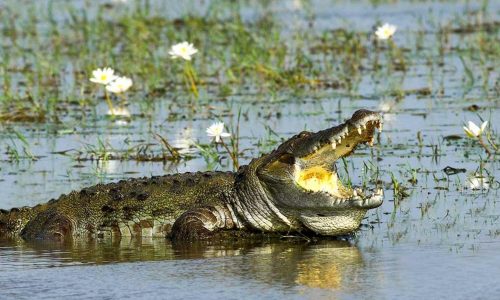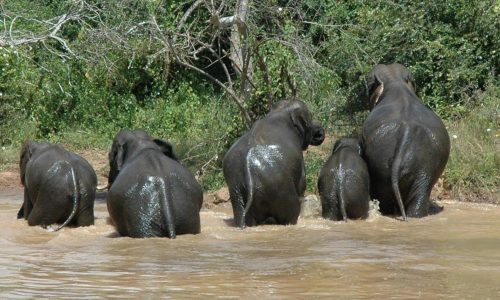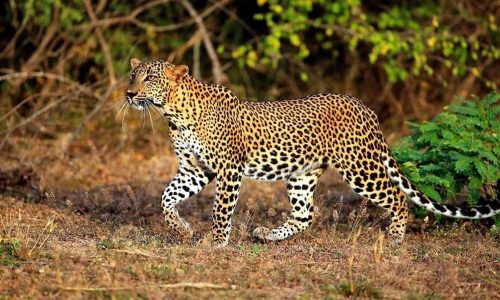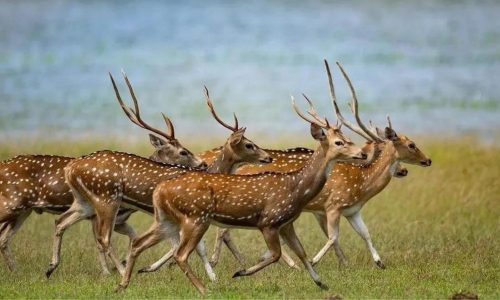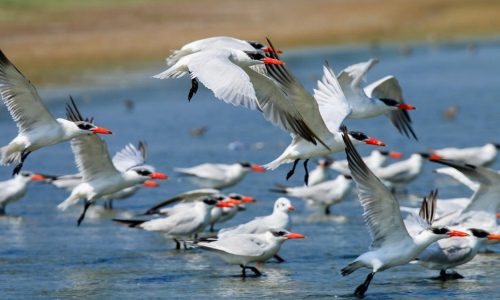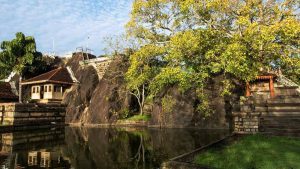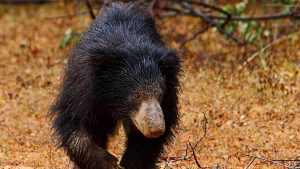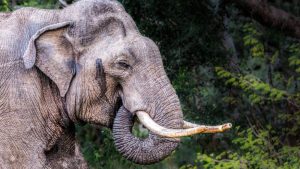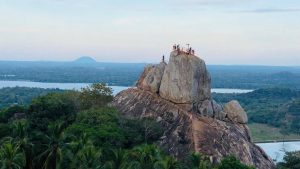Wilpattu is the giant and one of the most senior national parks in Sri Lanka. It is world-renowned for its leopard (Panthera Pardus Kotiya) population.
The 13,500-hectare park has first designated as a sanctuary in 1905 and then became a national park in 1938. Yet, its story starts much before this. The copper shoreline of the preserve, specifically at Kudiramalai, a rocky cape, is widely thought to have been the docking zone of the Indian Prince Vijaya in the 5th century BC. He wedded Princess Kuveni of Sri Lanka and has selected for the Sinhalese race. The territory’s alternative name – Thambapanni, or the ‘color of copper’ – came about due to the reddish color of the sand that stained the hands and feet of Prince Vijaya and his 700-odd followers when they came ashore. The ruins of Kuveni’s palace are just one of 68 archeological sites within Wilpattu National Park.
Wilpattu National Park is northwest of Sri Lanka, about 35km west of Anuradhapura and 32km north of Puttalam.
It is also possible to fly to the Wilpattu National Park by helicopter from either the Bandaranayake International Airport or the Ratmalana airport. The entrance to the park is easily accessible by road. The distance from Puttalam to Wilpattu is approximately 40 km / 40 mins travel time.
From Wilpattu National Park’s direct entry at Hunuvilagama, the track weaves via a beautiful lowland forest for about 10 kilometers before you reach the more open wildlife areas.
‘Will’ and ‘Pattu’ broadly translate as the Land of the Lakes, and this is what depicts this pretty reserve. In the lowland woodland, open scrubland and thick jungle lie up to 60 ‘villus’ – natural, superficial rainwater-collecting bays that extend and contract with the seasons. Wildlife has drawn to these fresh waterholes and the lush grassy banks surrounding them, making them premium spots for wilderness spots throughout the year.
Wilpattu National Park is a year-round terminus for wilderness safaris. The most famous time to see it is in the May to September dry season. In early October, the drought and the die-back of vegetation heighten wildlife viewing in and around the many waterholes. The northeastern monsoon gets rainfall from October until December, after which the preserve is rampant, green, and lovely – great clouds of butterflies are a highlight at the start of the year. Sloth bears love feasting on the intoxicating fruits of the palm trees in the season between May and July, so sightings are optimal at this time. The finest nature sightings are early morning and evening, so prepare to wake up early.
Wilpattu National Park is home to Sri Lanka’s most thrilling, longed-to-see wildlife. These contain the unavailable Sri Lankan leopard, the Asian Elephant, and the Sri Lankan Sloth Bear alongside a supportive cast of spotted and sambar deer, crocodiles, mongooses, and water buffalo.
The sea parts of the park even create this one of Sri Lanka’s best locations for bird watching – some of the endemics have the Ceylon grey hornbill, the Ceylon Parakeet, and the Red-backed woodpecker. You may also spy the brownish chicken-like Sri Lankan Jungle fowl, Sri Lanka’s nationwide bird.
The full range of Wilpattu National Park is open to travelers, eight times larger than Yala National Park’s Block I, where most of Yala’s game drives take spot. As such, the chances of discovering masses of jeeps are much less likely. Although you can stay all day, reaching the main open areas takes about 45 minutes, so it takes a little more time to explore. Wilpattu National Park, partly due to its more distant north-westerly place, sees much less tourism footfall than Yala, which means that when you do sight a leopard, sloth bear, or elephant, your jeep is likely to be the only one watching it. You can bring your time and maximize your entertainment of the Wilpattu safari experience.
Sri Lanka’s 26 national parks are fantastic places for nature spotting and give very various wildlife ventures. Due to the unsubstantial variety of resident wildlife, two standout national parks in Sri Lanka are Yala and Wilpattu. In one game drive, you can tick off Sri Lanka’s Big Three – leopards, elephants, and sloth bears. Yala’s lush leopard residents have made it a world beauty. However, sightings of leopards in Wilpattu are also compelling throughout the year. Sloth bears may also see both preserves. Elephants are resident in all of Sri Lanka’s national parks. However, Minneriya and Uda Walawe are two of the most OK preserves for sighting big herds of elephants. Many bird lovers flock to Wilpaththu Yala and Bundala.

